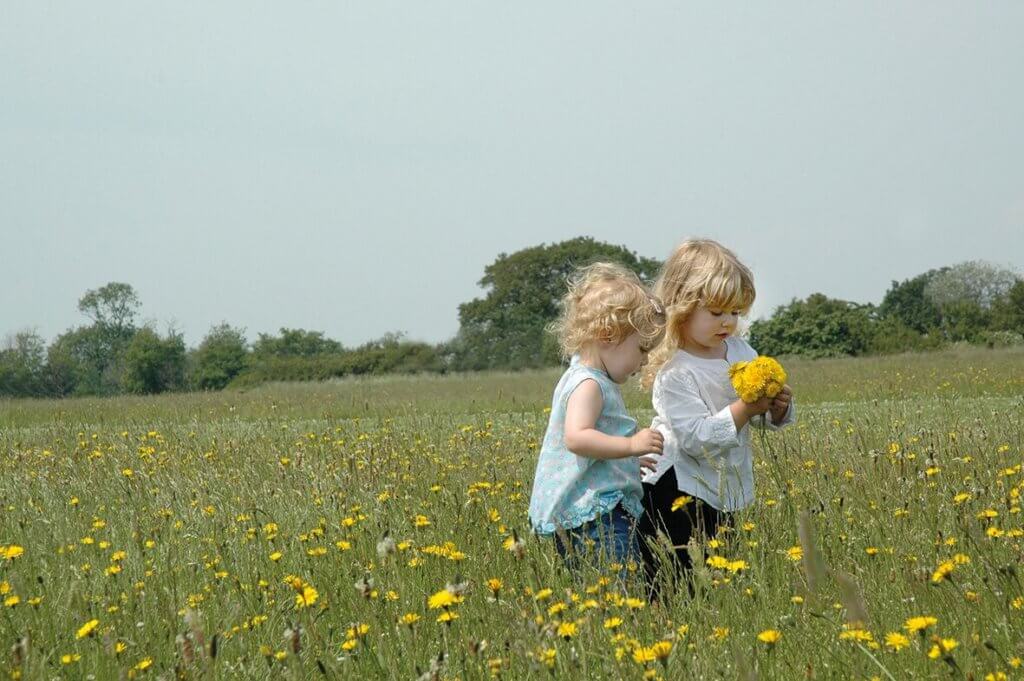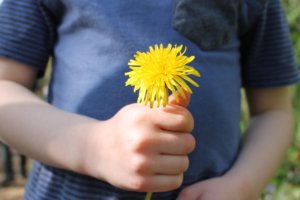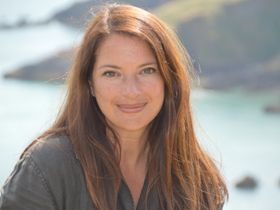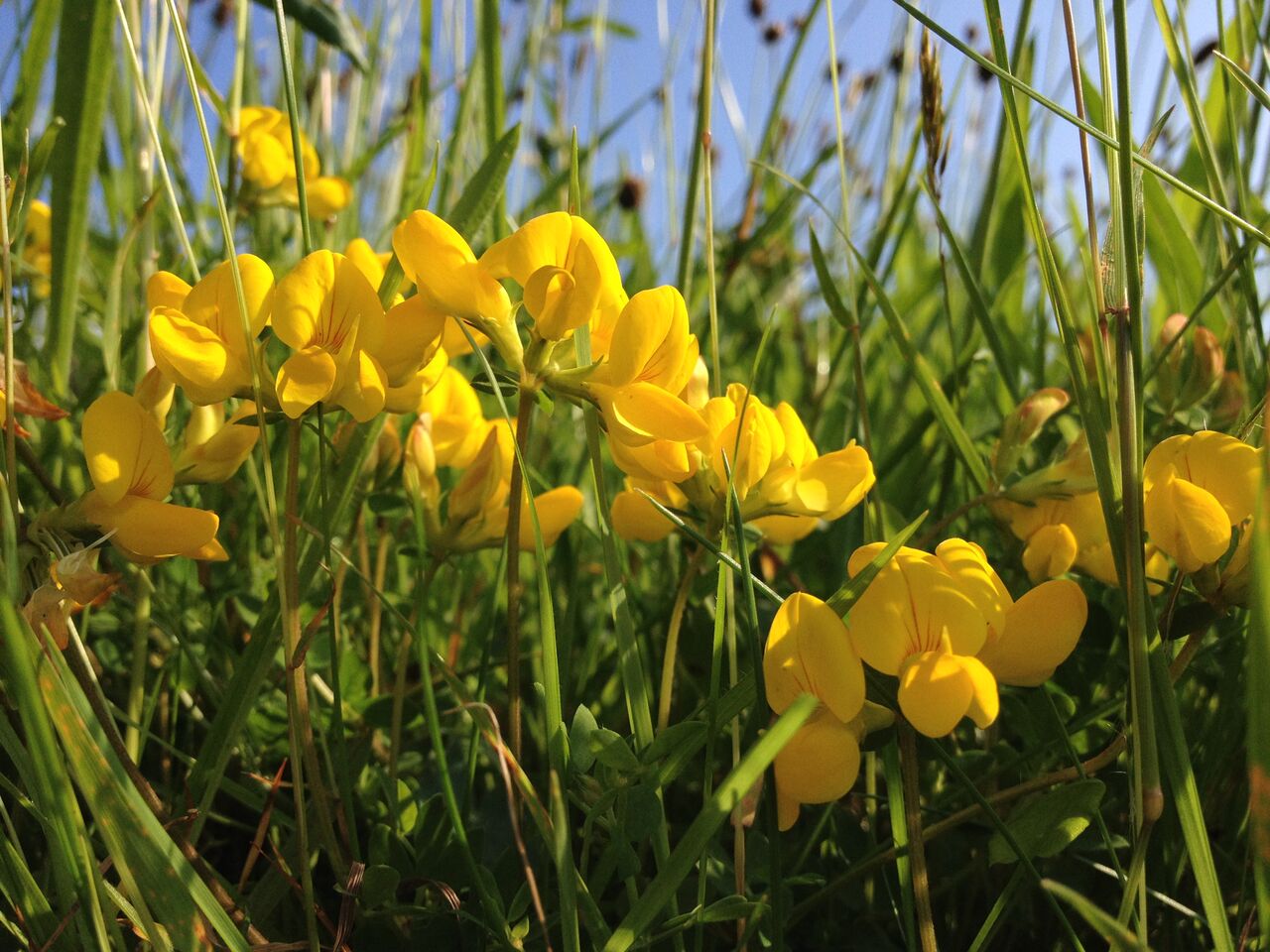
Plantlife, the wild plant conservation charity, is telling us it’s OK to pick flowers – some flowers anyway! Good for them! I trust they will be on the Today programme this morning on Radio 4 – it would be criminal if they are not.
Here is their press release and I’ll be featuring the flowers that Plantlife says I can pick (not that I will be picking any) as the spring progresses and I’ll post the list here at 12:45. And then, in this day of flower power, come back at 1800 for the Plantlife Code of Conduct for Picking.
Plantlife really want us to look out for flowers, and look at flowers, in the Great British Wildflower Hunt. It sounds like fun.
Press release from Plantlife:
Picking wild flowers is a good thing?
This Spring, Plantlife launches this year’s Great British Wildflower Hunt, with 21 new spring species to spot and a new code of conduct on when it is OK to pick wild flowers…
Last year, from the Channel Islands to the Orkney Islands, more than 15,200 wild flowers were spotted by the British public in the first year of this annual Hunt. Over 60 common species were included last summer and this year, Plantlife is adding 21 spring woodland flowers, including anemone, ramsons and early purple orchid. Despite an arctic winter and a cold spring so far, celandines, primroses, violets and stitchwort are all in bloom!
Plantlife’s Botanical Specialist Trevor Dines commented ‘Research we carried out with YouGov shows that 70% of the public want to know their wild flowers better, and this is such an easy way to do it: 15% of our hunters started out saying they couldn’t name any wildflowers and were ‘unsure’ of their identification abilities so that was particularly thrilling when they completed the Hunt. At the other end of the scale, thirteen of our hunters scored a full house, finding all the species on their spotter sheets and scoring the maximum 37 points.’

This year, the charity has also highlighted a dozen species within the Hunt that are so abundant that they are OK to pick and is publishing a new Code of Conduct to give people confidence when picking. Plantlife’s Vice President Rachel de Thame explains: ‘When I was growing up, we used to walk everywhere and I learnt to recognise common wild flowers. I knew my cowslip from my cow parsley and yes, I used to love picking little posies. So much of our wildlife is untouchable but common wild flowers and plants are different. I’ve gone on to teach my children and to nurture this relationship with our native flora that is fascinating, joyful and yes, important. The Great British Wildflower Hunt, with it’s helpful ID tips, can give us all confidence to identify flowers and also provides Plantlife with much needed information about how well they are doing.’
So when is it OK to pick wild flowers?
There is a prevalent sense that picking flowers is a bad thing. Many of us are unsure what’s OK and what’s not and so err on the safe side. Plantlife’s new code of conduct shows us that wild flowers don’t have to be out of bounds – and out of our lives. We are very used to picking some species (daisies, dandelions and wild garlic) but there are other wild flowers that are commonplace and even increasing in number.
 Rachel is keen to add, ‘What we know and love we are more likely to conserve. It’s about children starting a relationship with wild flowers. It’s in a child’s instinct to collect, but today that means collecting stickers, toys or those must-have gadgets. Yet it wasn’t so long ago that children were just as keen to collect wild flowers, whether it was to take a posy home, press them, or make petal perfume, they were part of children’s everyday life. We need to ensure that this next generation is just as engaged and passionate so they will understand why wild flowers need to be cherished and protected for not only the beauty they bring to our lives but for their vital role as life support to all our wildlife.’
Rachel is keen to add, ‘What we know and love we are more likely to conserve. It’s about children starting a relationship with wild flowers. It’s in a child’s instinct to collect, but today that means collecting stickers, toys or those must-have gadgets. Yet it wasn’t so long ago that children were just as keen to collect wild flowers, whether it was to take a posy home, press them, or make petal perfume, they were part of children’s everyday life. We need to ensure that this next generation is just as engaged and passionate so they will understand why wild flowers need to be cherished and protected for not only the beauty they bring to our lives but for their vital role as life support to all our wildlife.’
The Great British Wildflower Hunt launches this Easter and runs right through the spring and summer. There are 68 species in this year’s hunt and 12 of these are OK to pick, with the assurance that you won’t do any harm IF you follow Plantlife’s new Code of Conduct when it comes to picking; whilst it’s not against the law to pick, Plantlife urge people to check the Plantlife website for guidelines first. Happy hunting!
www.plantlife.org.uk/wildflowerhunt
-ENDS-

As a child I lived next door to a golf course where all of the roughs were cut once a year for hay we used to pick bunches of flowers there for our mothers. The flowers of these golf course roughs and indeed the fields round about are largely no longer there. not because we picked them but they stopped cutting for hay, now it is just rough grassland. The nearby fields have largely been fertilised and what was a wealth of wildflowers and insects is now by comparison a green desert. We need to get people tp care about what we have left and this seems a good way to do it.
I remember my Dad teaching me that bird’s foot trefoil was called bacon and eggs. A local name for early purple orchid was blue butchers (don’t know why).
I remember those names too Lyn and ladies fingers also for birdsfoot trefoil, vinegar weed for sorrel, blue buttons for devil’s bit scabious. Children will not learn these old familiar country names if we tell them wild flowers are a hands off experience!
To be fair, when hedges are flailed in spring time, and roadside verges in full flower mowed flat, not to mention the loss of meadows and green land in general, if picking a dozen flowers help someone interested develop into someone who might in the future protect, I would say a good investment.
Bees and butterflies and insect populations are not plummeting because people pick wild flowers. They are plummeting because people don’t care.
This is very interesting. Years ago I outlined a suggestion for having areas of park where the sign would say ‘Please Pick the Flowers’. The idea was that although for educational and environmental reasons there has been a move to grow food in local greenspace there hasn’t been anything similar re flowers. The environmental destruction caused by and carbon footprint of growing and then importing food from abroad has been widely recognised – therefore the movement for growing more of our own food locally, especially in urban areas. But what about the even more ludicrous, and very hard to justify, damage caused by bringing in cheap, cut flowers from countries like Colombia and Kenya? It’s really extremely poor that given the massive size of this industry and the ecological damage and human rights abuses involved abroad there has been virtually nothing done about it. Local councils could to help reduce our ecological impact and improve recreational opportunities for local people by dedicating certain parts of local parks as places where flower seed is sown every year (and if it’s in urban areas there might be scope for including some ornamental varieties/species as well as native flowers) where the public would be welcome to pick their own flowers instead of buying them – same principal as in having urban orchards. It means green spaces can provide another ‘crop’ for local people, at least during the summer, instead of buying some from Tesco etc that involved the loss of wildlife habitat, fertiliser runoff polluting lakes and workers in Kenya coming into contact with pesticides. A very simple suggestion that I can’t see any real problem with, if people don’t take advantage of the free flowers then you’re still left with wildlife habitat. Can’t be any worse than vast stretches of close mown grass doing absolutely nothing except using up public funds to keep them that way, now that is a really bloody silly idea.
“very hard to justify”
Spot on LW. 90% water re-packaged to taste of not much or look nice.